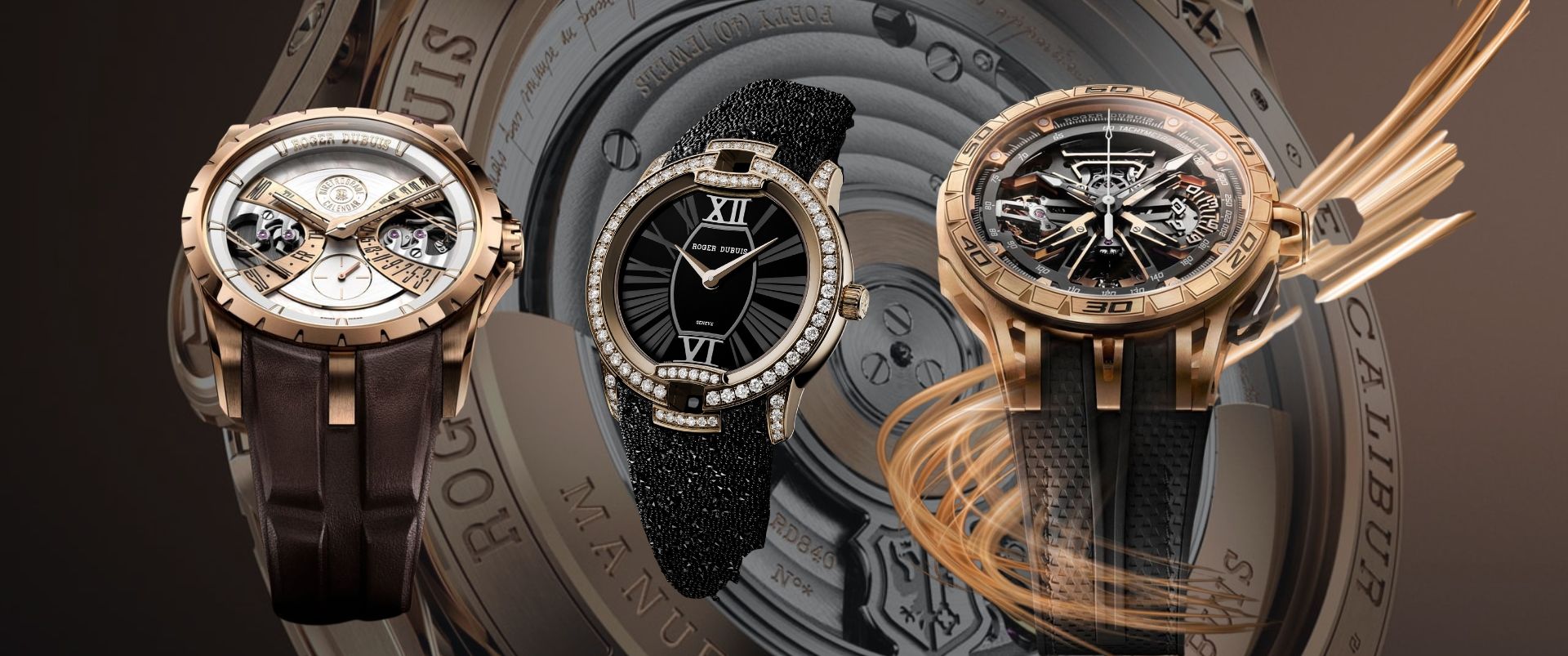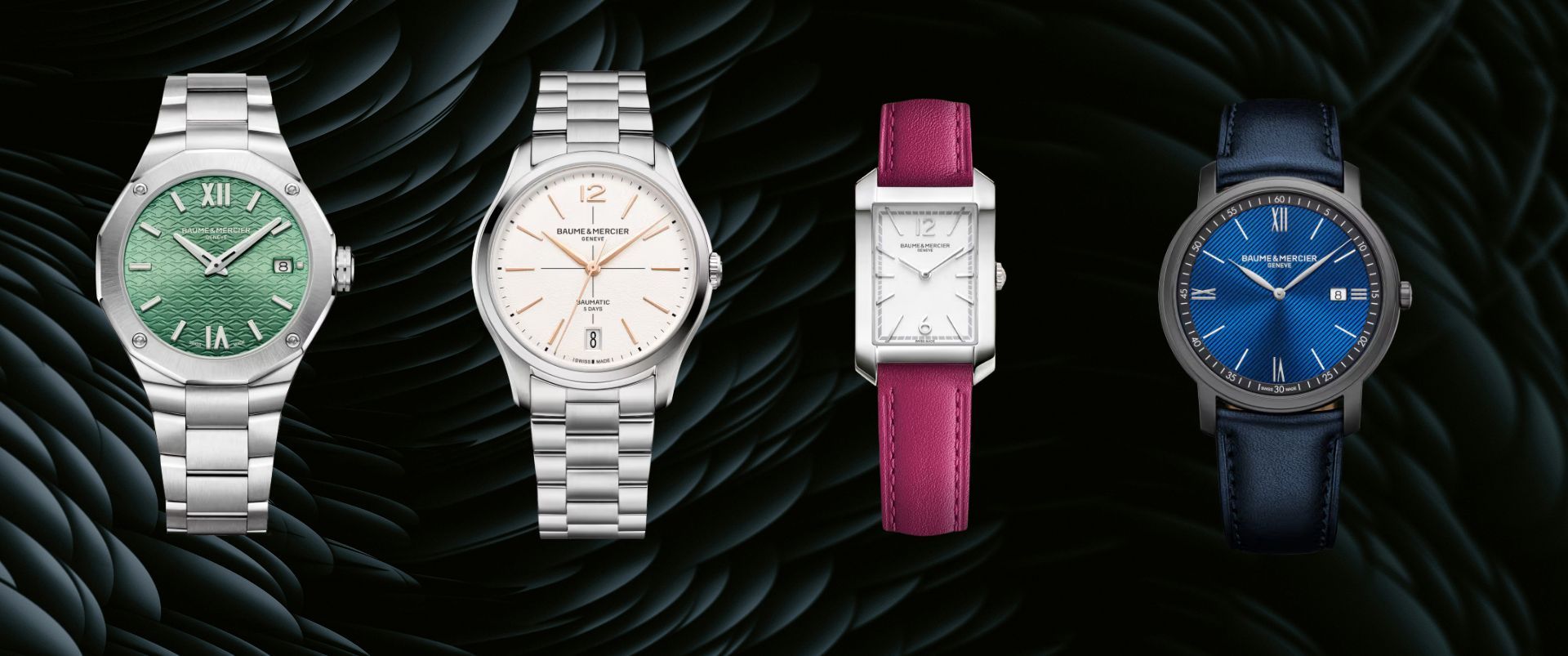Greatness Can Be Found In Small Packages: Audemars Piguet's Trio Of Mini Royal Oaks
The world of haute horlogerie is witnessing the Renaissance of miniature timepieces, a centuries-old tradition that has captivated watchmakers with the allure of crafting intricate mechanisms within the confines of minuscule dimensions. At the vanguard of this resurgent trend is Audemars Piguet, a Manufacture steeped in a rich legacy of miniaturization and a relentless pursuit of horological excellence.

The Origins of Miniaturization
Since the Renaissance era, diminutive timepieces have adorned the necks and wrists of royalty, serving as symbols of status and technological prowess. Watchmakers embraced the challenge of miniaturization, pushing the boundaries of what was deemed possible within the realm of horology. This quest for the smallest and thinnest timepieces became an obsession, a discipline akin to the pursuit of accuracy and complications.
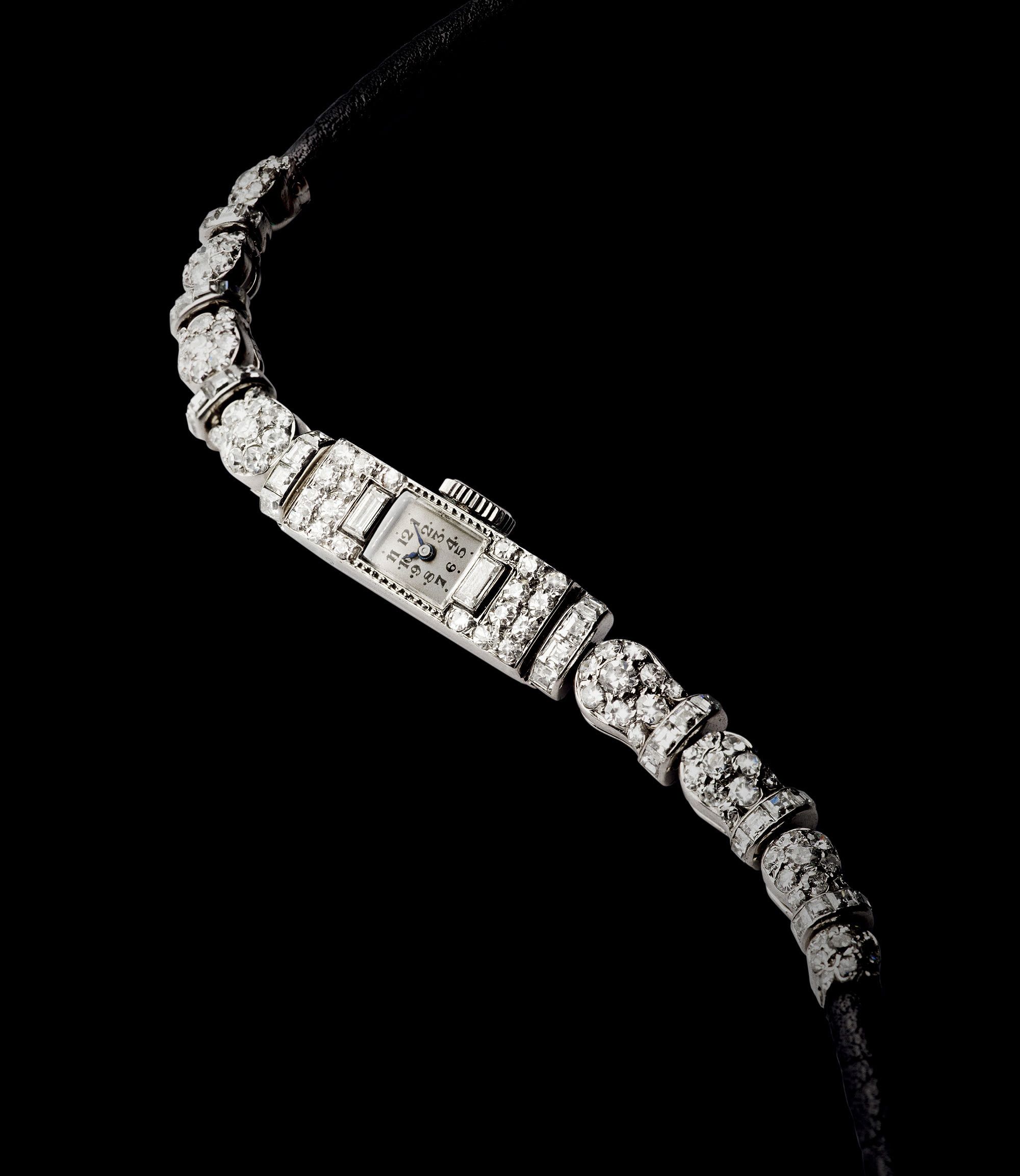
Audemars Piguet's Miniature Heritage
Audemars Piguet's archives are a testament to the brand's enduring fascination with miniature watchmaking. As early as 1891, their artisans crafted a movement measuring a mere 18 mm in diameter, capable of chiming the time on demand. This feat was eclipsed in 1921 with a remarkable 15.8 mm movement, a creation so arduous that the watchmaker vowed never to repeat it.
The relentless pursuit culminated in 1927 with the creation of Calibre 5/7SB, the smallest mechanical movement of its time. However, the friendly rivalry with neighboring manufacture LeCoultre & Cie, creators of the legendary Calibre 101, fueled Audemars Piguet's shift toward ultra-thin calibres.
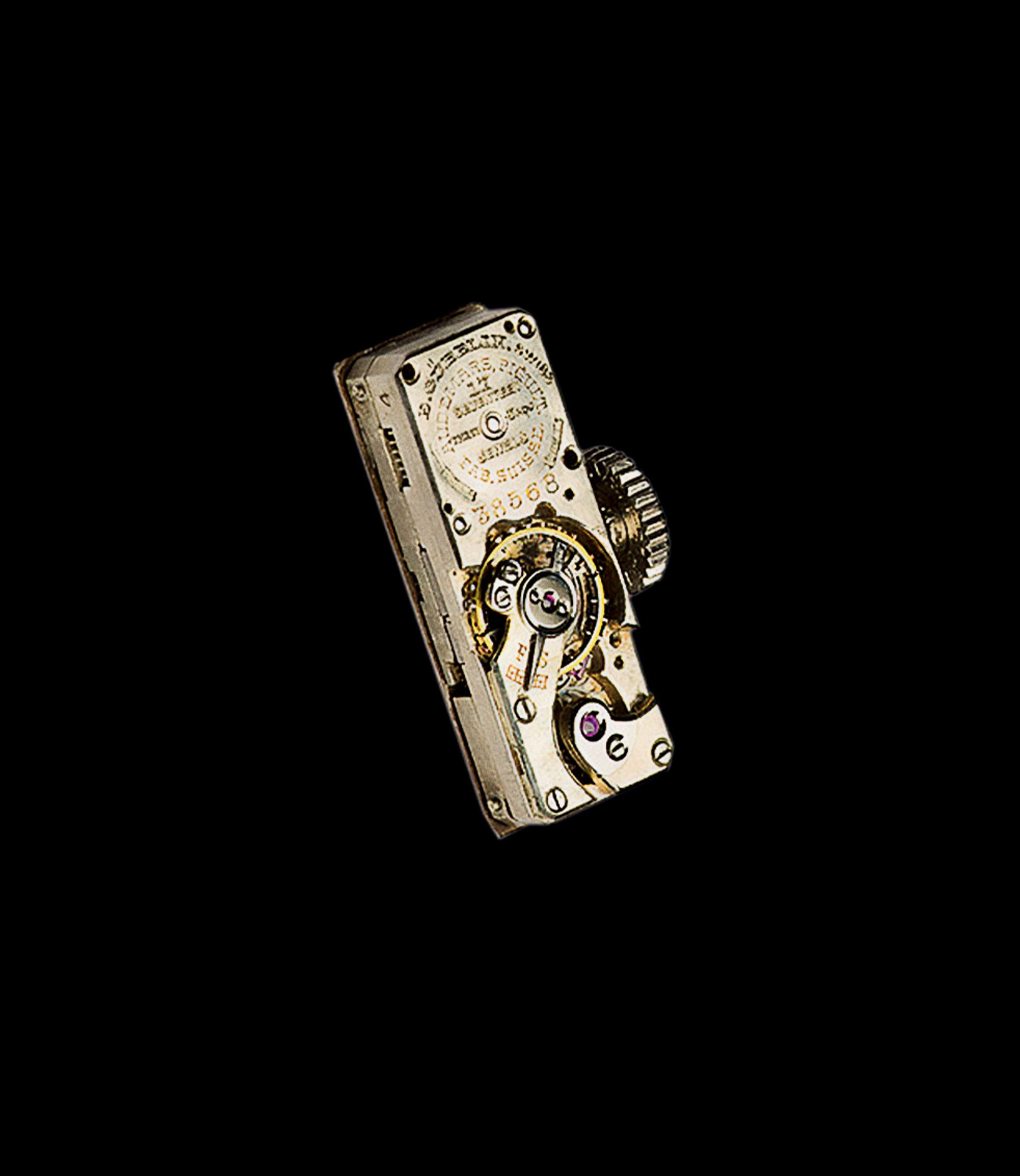
By 1958, the brand had become a benchmark for thinness, with the 1.64 mm Calibre 2003 gracing nearly three-quarters of its production. Ultra-thin watchmaking embodied the essence of comfort, lightness, and ergonomics – qualities that Audemars Piguet has continued to refine to this day.
The 1990s: A Creative Renaissance
The 1990s ushered in a creative renaissance for Audemars Piguet, with visionaries like Jacqueline Dimier and Emmanuel Gueit at the helm. It was during this fertile period that the minuscule Jaeger-LeCoultre Calibre 2601 was adopted, offering designers unprecedented creative freedom.
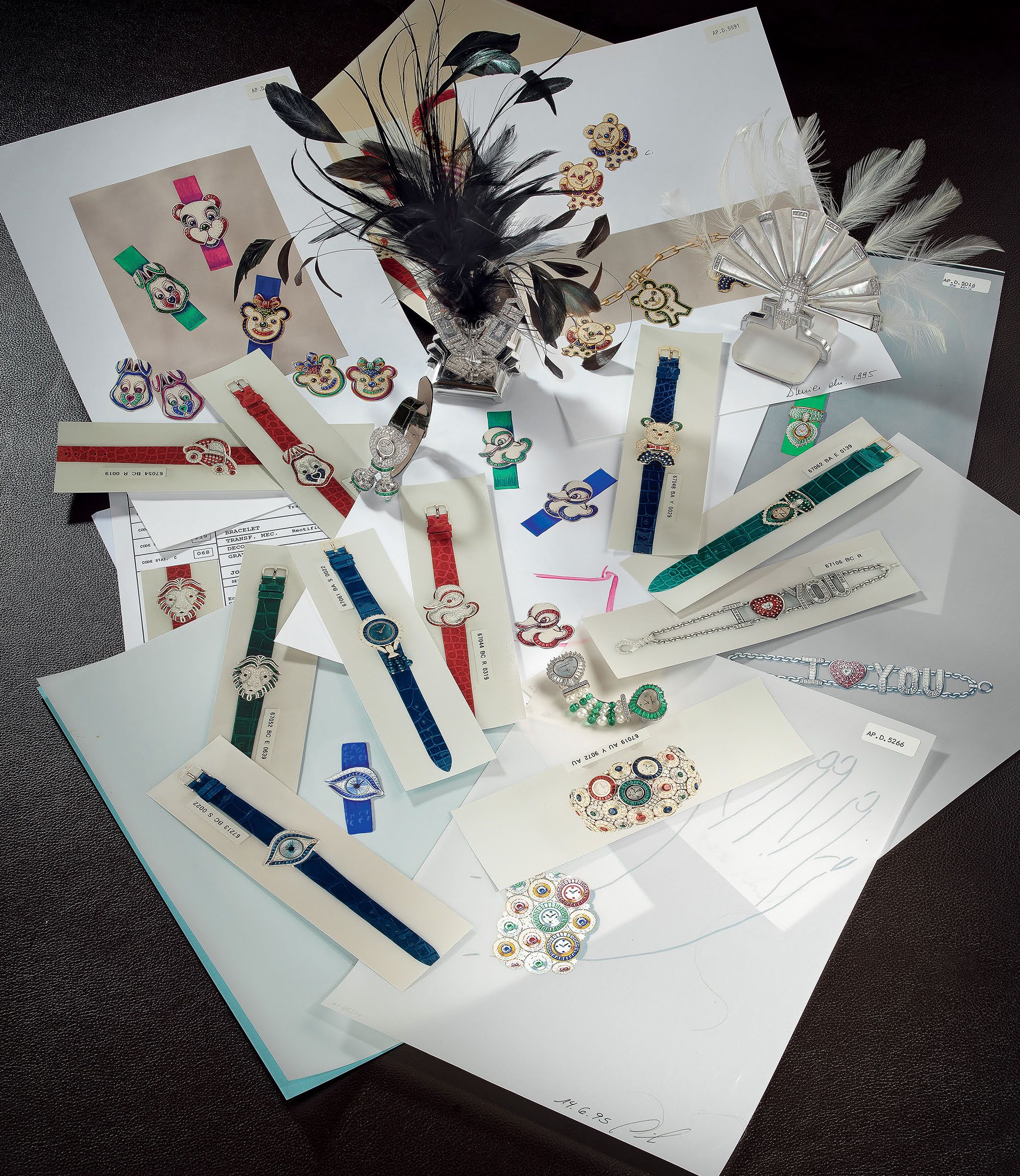
The result was a delightful fusion of childhood whimsy and horological artistry, manifested in whimsical creations shaped like teddy bears, ducks, and symbols of first love. It was against this backdrop that the Mini Royal Oak made its debut in 1997, a 20 mm diameter marvel that captivated hearts and minds with its exquisite proportions.

The 2024 Mini Royal Oak Trio
Fast forward to 2024, and Audemars Piguet has resurrected its beloved Mini Royal Oak collection, presenting a trio of petite timepieces that pay homage to the brand's rich legacy while redefining the boundaries of miniaturization and artistry.
Inspired by the iconic 20 mm Mini Royal Oak launched in 1997, this contemporary interpretation challenges preconceived notions of proportions, architecture, design, and performance. The audacious fusion of Gérald Genta's octagonal Royal Oak geometry with the delicate allure of the "Frosted Gold" finish creates a mesmerizing play of light and shimmer.

Beneath the captivating exterior lies the quartz Calibre 2730, a masterpiece of miniaturization and precision. Boasting a battery life exceeding seven years and an innovative "switch" mechanism to temporarily deactivate the battery, this movement seamlessly blends contemporary functionality with the refinement of haute horlogerie.
The "Frosted" aesthetic, achieved through a meticulous hammering process pioneered by Carolina Bucci, imbues the case and bracelet with a captivating shimmer, complemented by the tone-on-tone Petite Tapisserie dials that enhance the play of light. Faceted gold hour-markers filled with luminescent material ensure optimal legibility, even in low-light conditions.
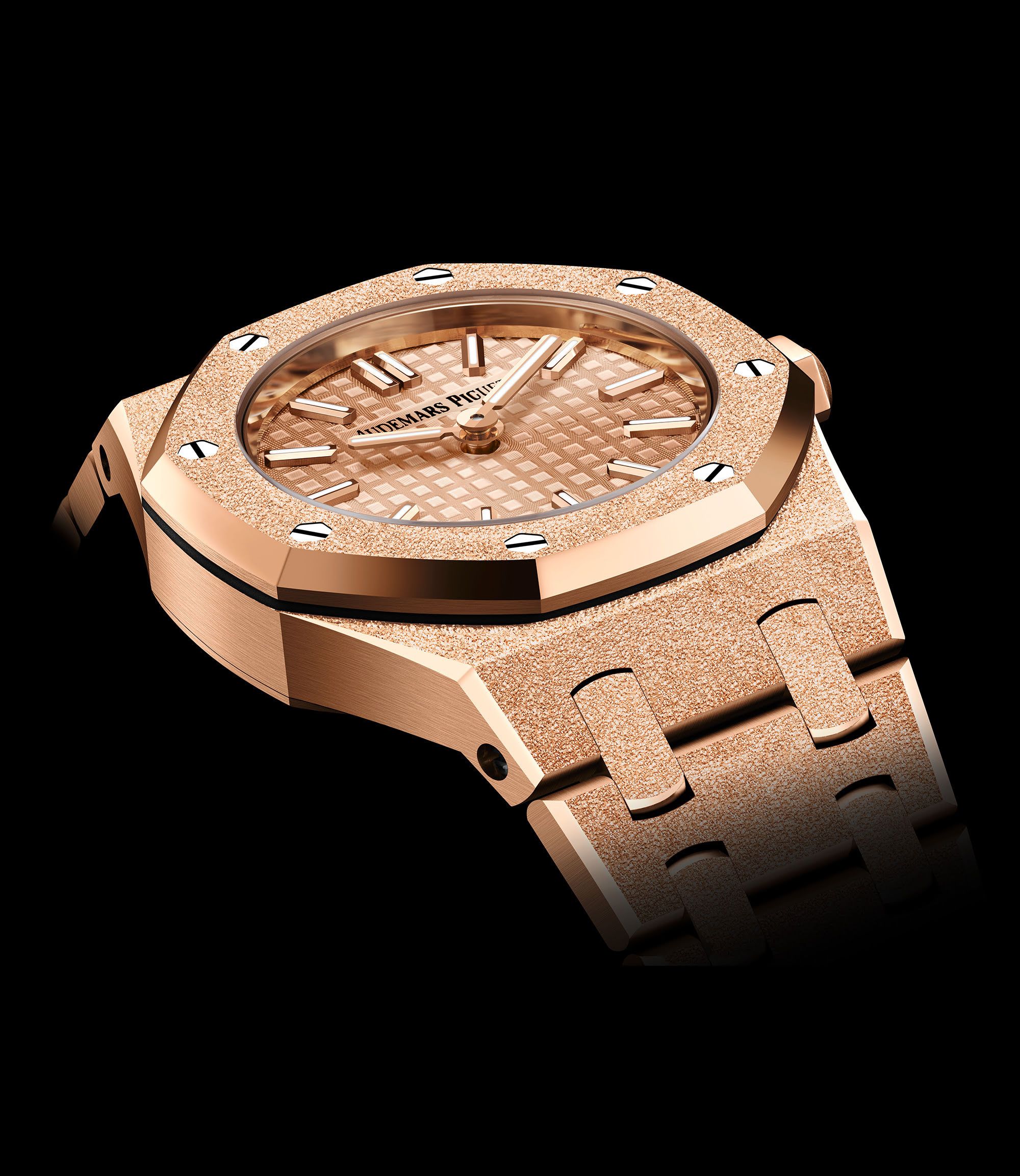
Ilaria Resta, Chief Executive Officer of Audemars Piguet, eloquently articulates the significance of these miniature masterpieces: "These mini creations pay tribute not only to Audemars Piguet's long tradition of miniature and jewellery watches but also to the women who have left their mark on the history of the brand, including Jacqueline Dimier, to whom we owe the first Royal Oak for women, and Carolina Bucci, the mastermind behind the Frosted Gold finish."
A Resurgent Trend
The resurgence of miniature timepieces is a testament to the enduring allure of horological artistry and the ability of watchmakers to continually push boundaries. As the demand for these diminutive marvels grows, driven by a new generation of collectors and connoisseurs, Audemars Piguet's 2024 Mini Royal Oak trio stands as a beacon of innovation and tradition, capturing the essence of watchmaking's relentless pursuit of perfection.

Today, where oversized timepieces have dominated the landscape, the revival of miniature watches offers a refreshing counterpoint, reminding us that true horological mastery often lies in the most intricate and diminutive creations. With a limited production of 1,965 pieces between 1997 and 1999, and a mere 1,803 watches accounting for over 90% of the total output, these timepieces have attained a coveted status among collectors and connoisseurs alike.
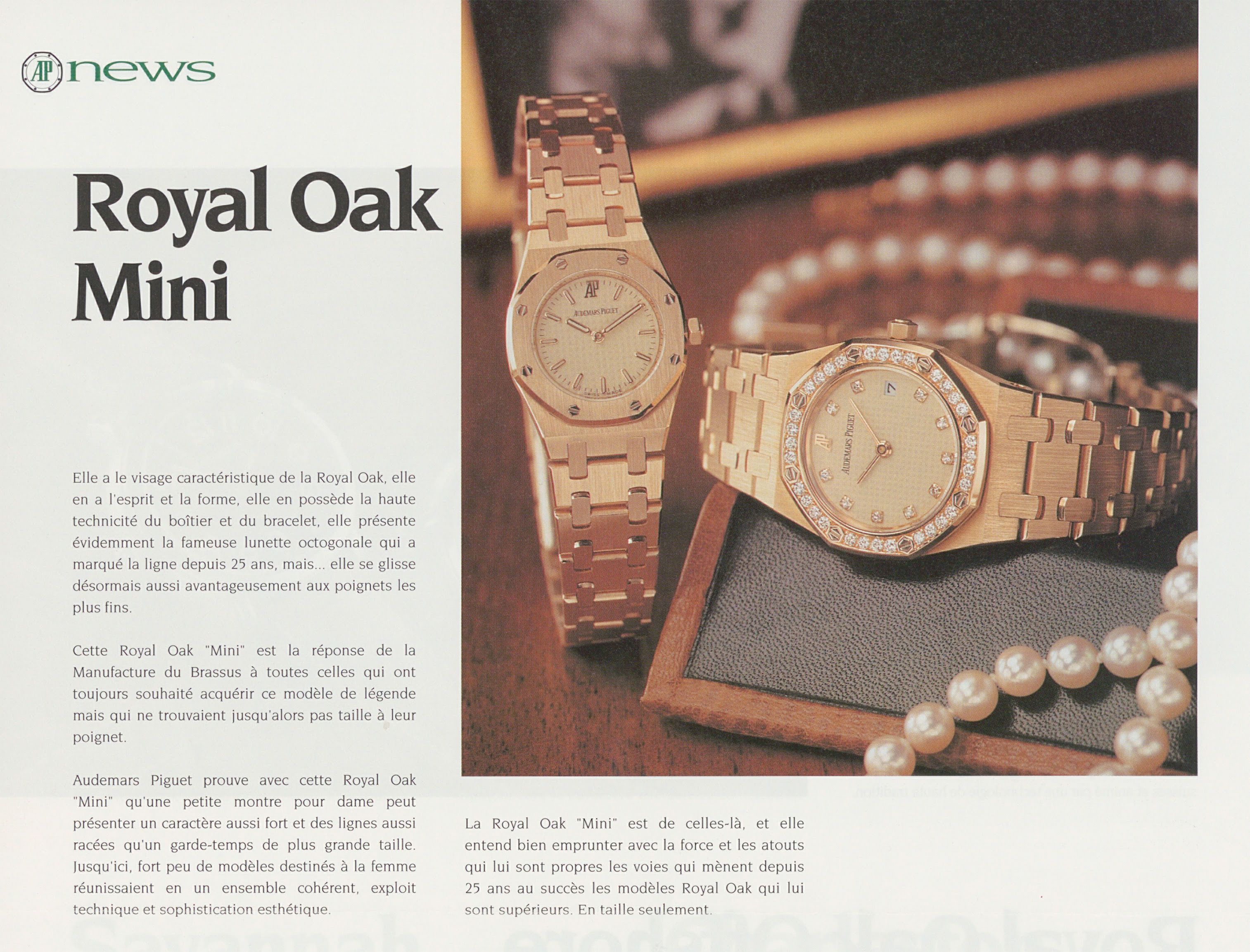
As the horological world eagerly awaits the unveiling of these miniature marvels, one thing is certain: Audemars Piguet has once again defied the boundaries of watchmaking, proving that greatness can indeed be found in the smallest of packages.
No articles found


